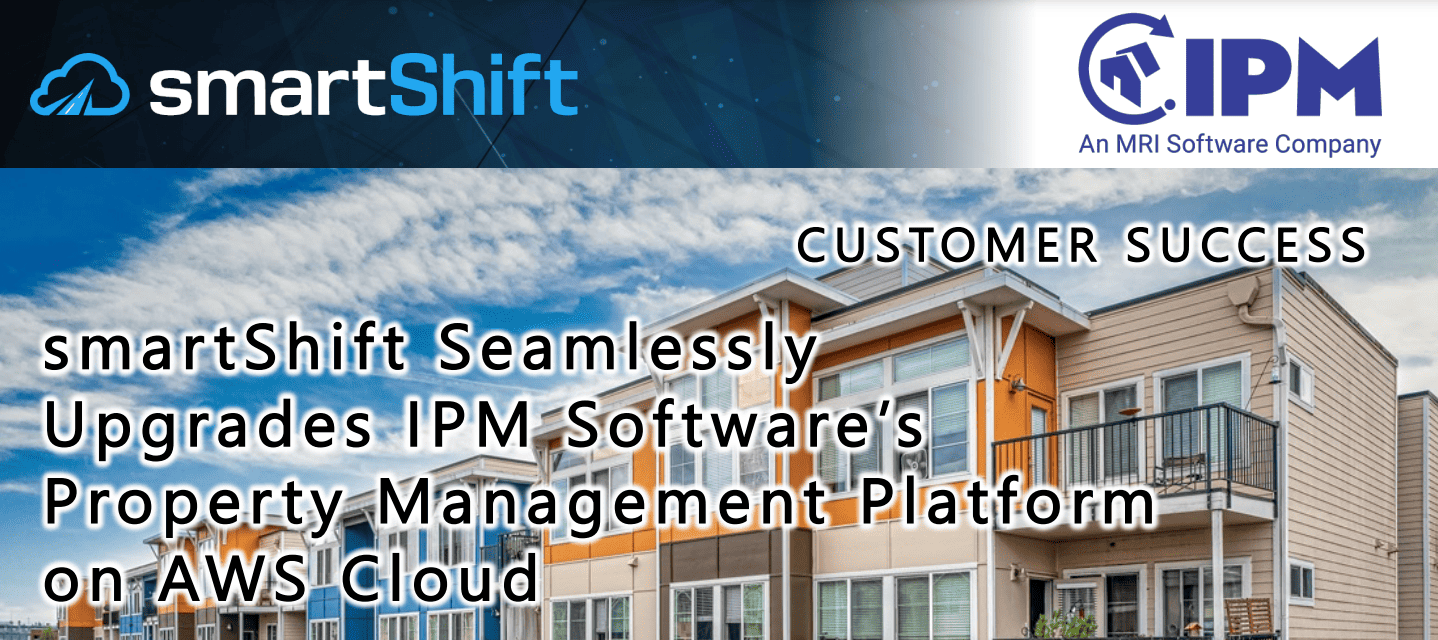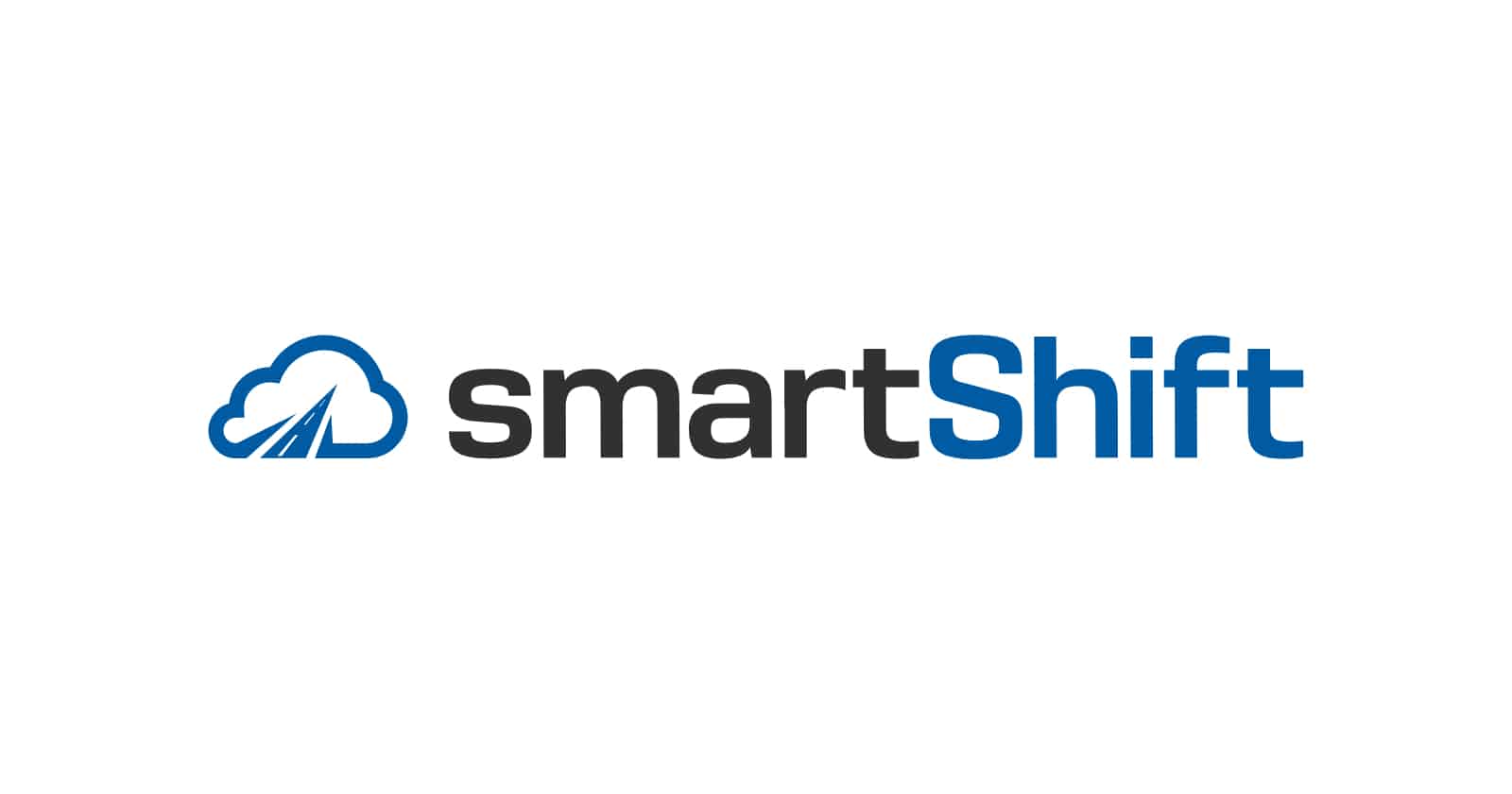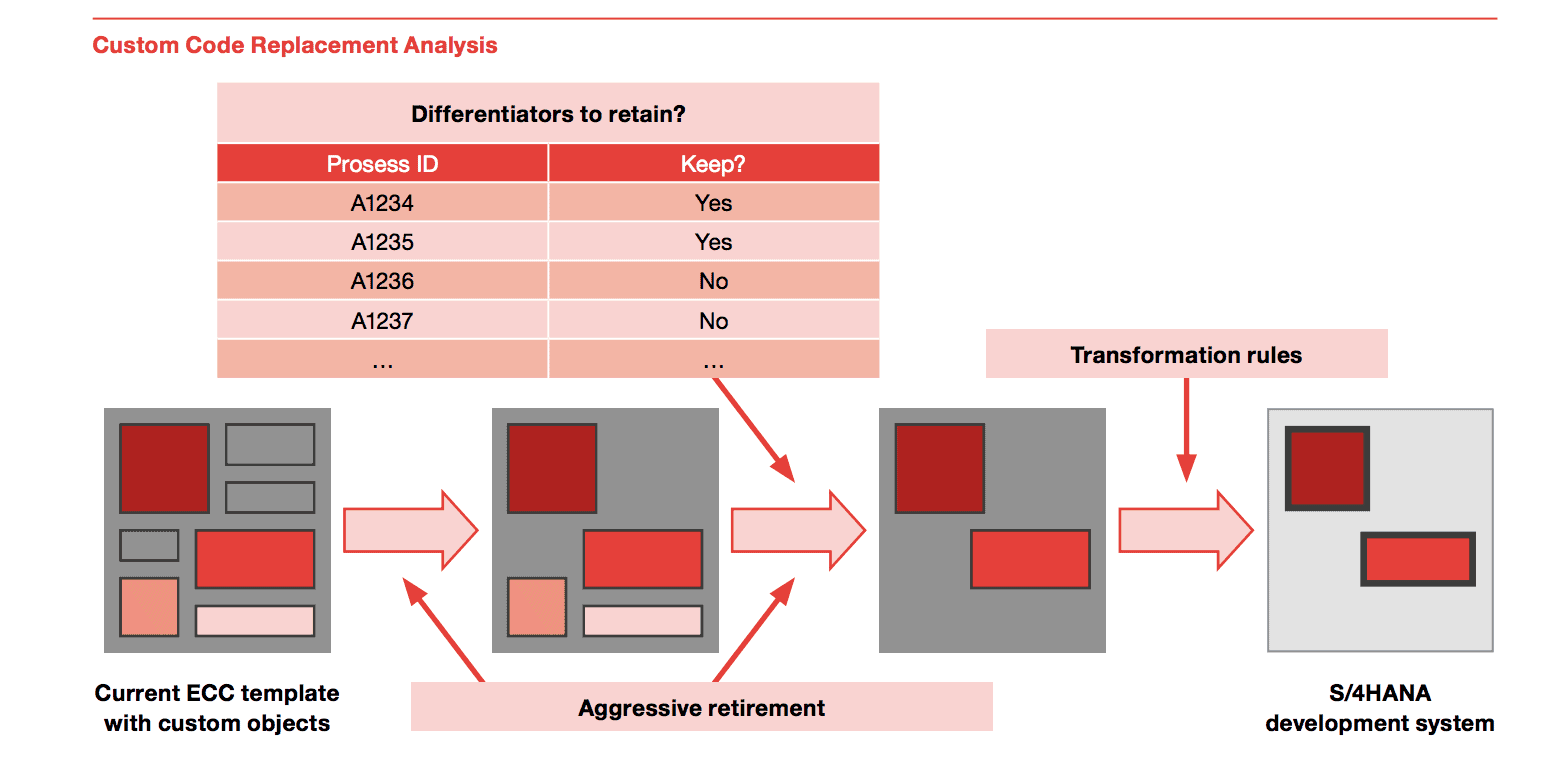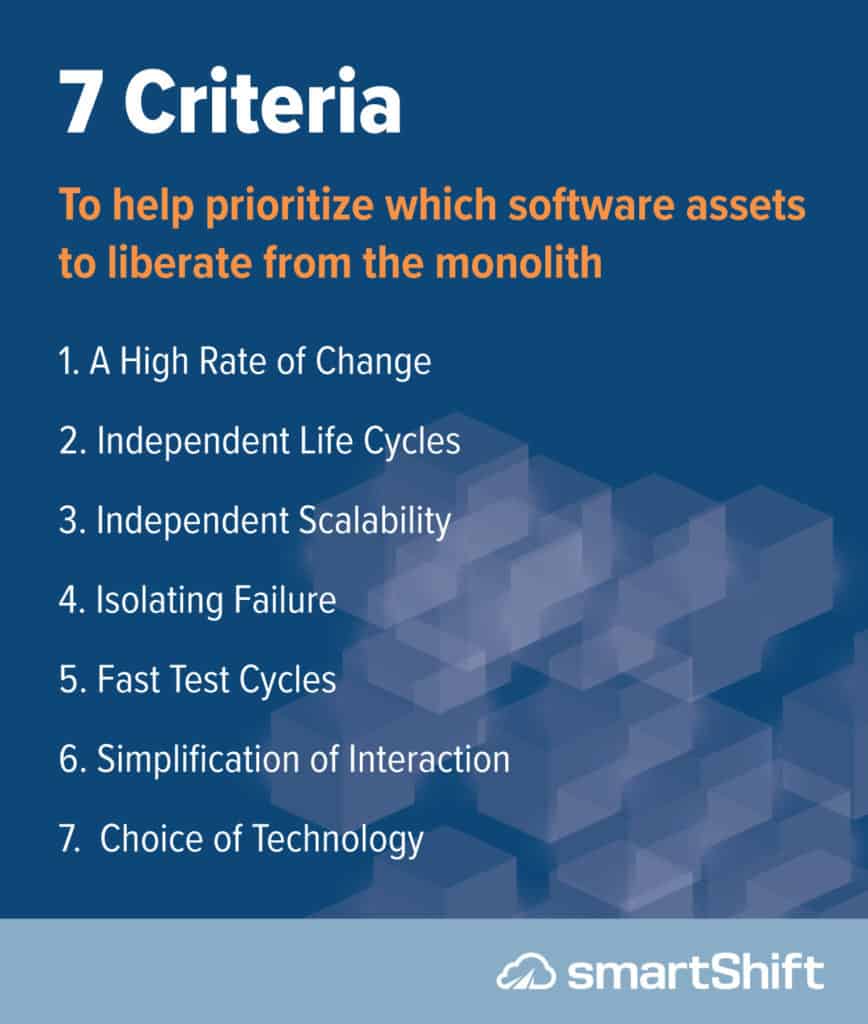Download the free case study to learn how smartShift developed a strategic approach to perform an in-place upgrade of all of IPM’s Windows systems in the AWS cloud.
Continue readingsmartShift Partners with Syniti and Natuvion to Accelerate RISE with SAP for SAP S/4HANA® Adoption
Accelerate your move to S/4HANA with automation
We have partnered with Basis Technologies to provide the webinar about accelerating your move to S/4HANA with automation.
Continue readingRISE with SAP transition with smartShift Intelligent Automation Platform™
We are excited to drive the adoption of S/4HANA and Cloud along the RISE with SAP Transition, together with our partners.
Continue readingsmartShift Appoints Derek Oats as CEO and Kendall Walker as CFO to Accelerate Growth
smartShift, known for its intelligent automation platform™ for SAP and Cloud digital transformations, announced today that the Company’s Board of Directors has appointed Derek Oats as Chief Executive Officer and Kendall Walker as Chief Financial Officer.
“At smartShift, we have developed turnkey solutions for our customers powered by our unique patented platform that automates the analysis and rewriting of software code from legacy architectures to the cloud. Derek and Kendall’s addition to the company will be a catalyst for driving results and accelerating growth, and we are thrilled to welcome them to our team,” said Vyom Gupta, Chief Operating Officer at smartShift
Derek will assume day-to-day leadership of the Company and be responsible for expanding the smartShift business globally. Derek has a successful track record of Global and American sales and leadership roles. He was recently the CEO of Americas for SNP, a leading software suite for data transformations. Prior to SNP, he was Global Vice President, Database and Data Management for SAP, the World’s Largest Provider of Enterprise Application Software. He is naturally customer experience focused and solution minded and has held various leadership roles at top technology companies including Tata Consultancy Services, IBM, and Oracle.
“It is an honor to be named the new CEO of smartShift, a company that has a truly unique software automation platform that helps SAP customers take advantage of real S4 transformations and also migrate to the cloud. I first became familiar smartShift back in 2014 just before I joined the SAP leadership team, within their Global Database and Technology division, on a direct referral into the company by Hasso Plattner. I’ve kept my eye on smartShift ever since because I think it’s the best kept secret when it comes to digital transformation. Given the recent launch of the RISE WITH SAP program, I am very excited about the future at smartShift and delivering an unparalleled value to many customers,” said Derek.
Kendall is a seasoned finance expert with over twenty years of experience in investment companies, operations, legal, accounting, and finance. Previously, he served fourteen years as the CFO for a quantitative model-driven investment adviser, where he guided the firm from a start-up to a multi-billion dollar platform. He also spent several years working within this financial services audit practice of E&Y and is a CFA charter holder and a CPA.
“Companies have very complex IT environments and are more focused than ever before on reliable and seamless cloud operations. I am excited to join smartShift which has powerful technology to make such cloud transformations a reality for its clients,” said Kendall.
About smartShift
smartShift is cloud migration, technology optimization, and managed services partner to the world’s leading businesses. smartShift’s patented Intelligent Automation Platform™, reduces the risk, cost, and duration of complex IT transformations, enabling organizations to upgrade to next-generation cloud computing environments seamlessly. smartShift’s automation platform has been used in over 1,000 application modernization projects, analyzed, and converted over 2B lines of code. smartShift has offices in the USA, Germany and India. www.smartShift.com.
For more information, please contact:
Melissa Simon, Director of Marketing, smartShift
Phone: 630-320-9427, E-mail: msimon@smartShift.com
Custom Code Analysis for S/4 Insight and Business Transformation
Like people, most organizations have a natural aversion to change. As such, change management for S/4 programs is critical but can be met with resistance, especially in defining standardization targets. That is why getting buy-in across the organization on standardization is essential.
In a new report co-authored by PwC and smartShift, we highlight the importance of starting business transformation by evaluating the current situation leveraging process mining and custom code analysis.
The report emphasizes how custom code analysis provides a unique view on usage, the potential for back-to-standard or retirement, and an assessment of the business reasons to persist with select custom coding. Additionally, custom code analysis provides valuable insight into S/4 and HANA compatibility, performance impact, and general code quality.
These insights are derived from benchmarks developed by smartShift from hundreds of custom code analyses of large SAP installations worldwide with, on average:
- >30.000 custom objects
- >3 million normalized lines of code
- >500 Clones of SAP standard objects
- 40–60% retirement potential for unused code, based on system usage statistics
Learn how PwC partners with smartShift’s Intelligent Automation platform to:
- Scope, identify, and migrate technical bills of materials (TBOMs) based on business processes to be retained
- Aggressively clean up unused code and establish a secure backup/restore process
- Perform automated conversion of custom objects to HANA, S/4HANA, and modern coding standards
- Regroup, rename, and cluster components to represent specific application clusters
- Automate dual maintenance and retrofit to keep project landscapes synchronized.
Download Your Free Report
Download the full report for free to learn more about the critical role automated custom code analysis plays in demystifying standardization with SAP S/4HANA.
smartShift Achieves the Microsoft Gold Cloud Platform Competency
BOSTON, Oct. 13, 2020 /PRNewswire/ — smartShift a leading provider of automated transformations and management of legacy enterprise systems in the cloud, today announced it has attained Microsoft Gold Platform Competency for Partners. The Cloud Platform Competency is designed for partners to capitalize on the growing demand for infrastructure and software as a service (SaaS) solutions built on Microsoft Azure. As a Gold Partner, smartShift has demonstrated expertise with Microsoft technologies and a proven ability to meet customer’s needs. Microsoft Gold Partners receive a rich set of benefits, including access, training, and support, giving them a competitive advantage in the channel.
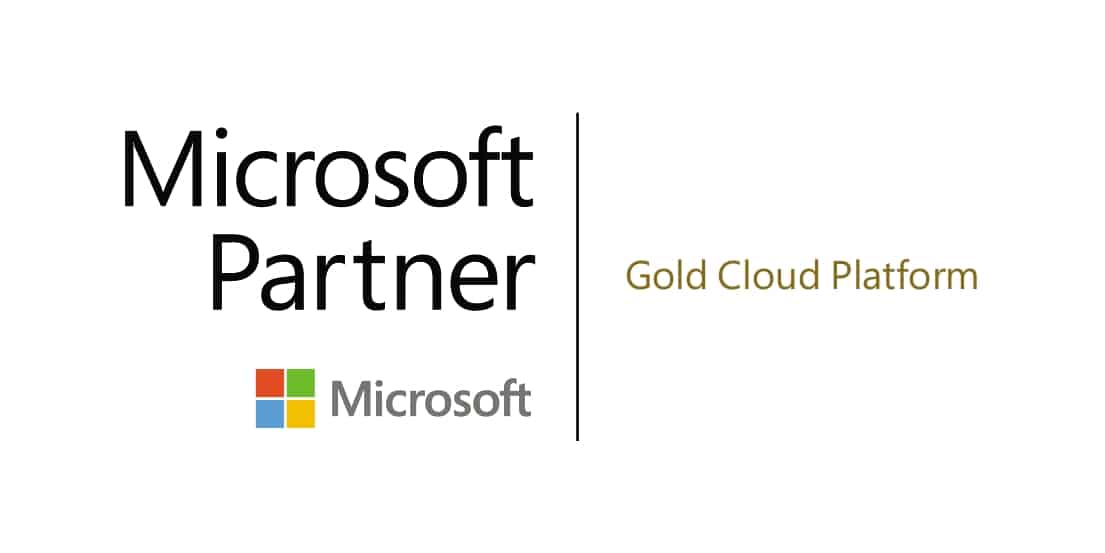 “We are pleased to have attained Gold Partner status in the Microsoft Partner Program,” said Vyom Gupta, Chief Operating Officer at smartShift. “At smartShift, we have been successfully migrating and managing enterprise systems to Azure for multiple years. Our smartS4 offering backed by our patented automation is a new single-source solution to run legacy enterprise environments in the cloud. It’s a SaaS like operating model for legacy systems where we consolidate all infrastructure, technical upgrades, ongoing code and data volume management, and managed services into a single monthly fixed-fee backed by our SLA guarantees.”
“We are pleased to have attained Gold Partner status in the Microsoft Partner Program,” said Vyom Gupta, Chief Operating Officer at smartShift. “At smartShift, we have been successfully migrating and managing enterprise systems to Azure for multiple years. Our smartS4 offering backed by our patented automation is a new single-source solution to run legacy enterprise environments in the cloud. It’s a SaaS like operating model for legacy systems where we consolidate all infrastructure, technical upgrades, ongoing code and data volume management, and managed services into a single monthly fixed-fee backed by our SLA guarantees.”
“By achieving a Gold competency, partners have demonstrated the highest, most consistent capability and commitment to the latest Microsoft technology,” said Gavriella Schuster, corporate vice president, Worldwide Partner Group at Microsoft Corp. “These partners have a deep expertise that puts them in the top of our partner ecosystem, and their proficiency will help customers drive innovative solutions.”
For more information on smartShift, visit: www.smartShift.com.
About smartShift
smartShift is a cloud migration and enterprise technology optimization partner to the world’s leading businesses. smartShift’s patented suite of automation tools reduce the risk, cost, and duration of complex IT transformations, enabling organizations to seamlessly upgrade to high-performance, next-generation computing environments. smartShift’s Cloud Managed Services (“CMS”), Cloud Architecture Services, and DevOps Services enable efficient management of critical on-prem and on-cloud systems.
Jason Bailey
Media Relations
jbailey@smartShift.com
Do More With Less During COVID – Automated Code Remediation for SAP
By Derek Oats, EVP & GM Business Development
In the COVID-19 world, there has arguably never been more pressure on business and IT leaders to “do more with less.” These leaders are routinely challenged with prioritizing strategic initiatives with shrinking budgets and limited manual resources. The competition never stops, and the show must go on.
With this pressure, the spotlight eventually lands directly on the ability to automate manual tasks, if at all possible. For an SAP customer, much of the focus — and rightly so — goes towards understanding custom code complexity and history. There are several driving factors to the pain associated with trying to make heads or tails out of this massive vat of spaghetti code conundrum.
1. Nobody Keeps it Real Anymore. It is very difficult for customers to get accurate information on the costs and debt associated with SAP code remediation.
2. Does Anybody Have a Flathead Screwdriver, and Do I Actually Need It? If an SAP customer asks five trusted advisors, “Do I need tools for code remediation and which ones do I use?” they will typically get five different answers.
3. Highlighting the Problem Without Providing a Solution. There is a big difference between analyzing and understanding what needs to be remediated and actually remediating! And you do not want partial solutions but guaranteed outcomes.
4. Am I bringing a Butter Knife to a Cane Patch? Are you an SAP customer that is not aware of the significant value of automated code remediation and one that has only been presented with only a people-based manual effort approach?
If you are looking at your roadmap to S/4HANA and wondering how you can prepare today, or if you are looking to better understand your entire SAP ecosystem and trying to strategically plan your SAP roadmap in the coming years, smartShift’s Automated Analysis and Transformation will help you along the way.
smartShift’s differentiated Intelligent Automation Platform is unique in three ways:
1. Automated system analysis enabling rapid understanding of the entire custom code base accelerating planning & project delivery
2. Automated ability to:
- Modernize custom code to support all SAP projects, including S/4HANA, M&A, and system consolidations
- Simplify existing custom code through decommissioning of obsolete code, accelerating adoption of future releases & simplifying upgrades
3. SLA-backed commitments on conversion time and quality leading to reduced risk & overall cost
- Speed – 2 to 5 weeks guaranteed code conversion delivery
- Quality – Error rates <0.1%
If you’d like to learn more about smartShift and how we can help you with automating the remediation and transformation of custom code as part of your SAP roadmap download our free guide or set up a free consultation with one of our experts today.
Important Reasons for Transforming a Monolith to Microservices
By Stefan Hetges, Founder and Chairman
Are you already using a microservices architecture (MSA)? You probably are, but you don’t even know it!
For example, a Google search generates an average of about 70 microservices when you click the “Google Search” or “I’m Feeling Lucky” buttons. So, it’s no surprise that today about 50% of companies claim to use microservices in one way or another.
In this blog post, I explain the reasons why MSA is of interest and the best way to use it in conjunction with your existing legacy systems. With the right approach and tools, it’s risk free to liberate critical processes from the monolith and deliver them as independently-deployable microservices. An MSA offers many advantages, not only for the development process but also for users and stakeholders.
Microservices Architecture is Not Only a Technology Decision
The decision to use microservices is not just about using new technology. To take full advantage of its benefits, you also have to embrace the development culture of DevOps. You have to consider trade-offs and increased complexity (there is no free lunch). Each microservice is implemented as an independent service, developed by a small team that deploys it independently of all other changes in the system. Smaller autonomous service teams complete their development and make deployment decisions quicker than other organizations.
The good news is that the development culture doesn’t have to change overnight. At the same pace, as you liberate business functionality from a monolithic system, you define the organizational development framework in parallel.
Understand Your Software Assets
Understanding the software assets in a legacy system takes several months or even years using traditional manual approaches. Burdening your organization’s most important resources with the task of understanding the past is wasteful. Intelligent Automation can save you time, boost efficiency and improve quality.
Successful MSA transformation planning of an existing monolith requires understanding of both business processes and their semantics. What are the dependencies to existing business processes? The frequency of calls? The usage of business functions? Where do performance problems lie? What is causing system failures? What are the data sources and interfaces?
Efficiently developing this detailed understanding is an advantage of smartShift’s Intelligent Automation. The use of algorithms and machine learning techniques dramatically reduces this normally time-consuming work.
Selecting Software Assets to Become Microservices
The following seven criteria can help you prioritize which software assets you should liberate from the monolith. If any one of these criteria hold true for a particular software asset, you will likely benefit from running the business functionality in an MSA going forward.
A High Rate of Change
Some of your business processes change frequently. They evolve at different speeds or even in a completely different direction. Our experience shows that about 10%-30% of legacy systems need to be adapted to business requirements very frequently, and the rest to a smaller extent. Relevant processes should be carved out to increase competitiveness and adaptability to market requirements.
Independent Life Cycles
Software changes – and the underlying business process changes – are typically implemented on a fixed-release schedule. Fixed-release schedules mean that innovation isn’t agile, and the chance to gain a competitive market advantage is dampened. Often, innovations either never make the leap into production or don’t get deployed as quickly as needed by the business community. Separating critical services from the core system allows you to iterate quickly and take advantage of new business opportunities. The ability to continuously implement and apply innovations enables you to gain or maintain your leading role in your market, and also to improve upon it.
Independent Scalability
Some business processes have high utilization at certain times (e.g., fiscal-year end) and must be scaled independently from the rest of the application. Seasonality, time dependency, or even demand spikes (e.g., sensors generating high data volumes for processing) are examples of this phenomenon. Autonomous microservices scale independently as the load increases, and the MSA will start multiple service instances. If you leave the modules in the monolithic framework, you have no choice but to scale the entire application, which means that your license and hardware costs must be sized for the worst-case scenario.
Isolating Failure
Your application has an external interface that calls an unreliable service. Your system reacts with a failure, e.g., when some data is not complete or when the uptime of the system does not meet your requirements. You can isolate this dependency from the rest of the system and build a failover mechanism to keep data consistent, or even cache data when the service is unavailable. The microservices architecture mitigates performance degradation due to unreliable third-party dependencies. You don’t have to rely on queuing mechanisms to slow down your system.
Fast Test Cycles
This is the best news of all for companies where long test cycles inhibit innovation. Not only will a small-scale, autonomous microservice be tested much faster, but you’ll also be amazed at how much automation is possible during deployment and testing. The immediate advantage is that unit, integration, and regression tests can be run multiple times per day. Microservices are maintained in distinct repositories, keeping them simple and easing testing. Instead of engaging hordes of business users for testing, you only need a few resources. With a fine-grained MSA approach, problems are isolated and therefore easy to identify, fix and test.
Simplification of Interaction
In a world of highly networked consumers and services, you want the flexibility to exchange one service provider with another or add other providers to ensure you’re never under supplied. With an abstraction layer, you can protect your system from external dependencies that change frequently. A technical layer hides the complexity of the dependency, making migration easier in the future.
Choice of Technology
In a monolith, you have limited options to change the technology stack. The technology stack and the pace of technology adoption is dictated by the supplier/manufacturer. It is even more difficult if your system is old and the original team who built it is long gone.
An MSA structures an application as a collection of loosely coupled services. The project is not a single application, but a set of independently deployable small services, each of which is implemented in its own language. For example, to process a large amount of data, engineers choose Python. Ruby is the right choice for an appealing graphical evaluation, and a large and stable part of the application uses Java. Technology choices also apply to databases. Use elastic search for big data analysis, or divide your enterprise data into highly available data in (for example) SAP HANA and store cold data in Hadoop to save costs while still having it available. You don’t need to choose a technology for an entire project, but instead for a specific task that best fits your needs.
What’s Next?
The MSA candidates have to be liberated from their monolithic legacy confines. smartShift Continuous Intelligent Automation is used to carve out the candidate functionality and to generate the components required to operate the business processes as a service on a new platform. Business functionality is gradually transformed into something better, cheaper, faster, and easier to maintain. In the monolith, the “dead” parts can be retired and removed. If you include new functions during the liberation process, you can make the transformation more attractive for business stakeholders and help to assure their support for your MSA implementation efforts.
Interested in learning more about how you can turn your monolith into microservices? Set up a free consultation with an expert from smartShift today!
BMW Upgrades to SAP S/4HANA
Download the free case study to learn how BMW fast-tracked their upgrade to SAP S/4HANA using smartShift Intelligent Automation® in a matter of days.
Continue reading